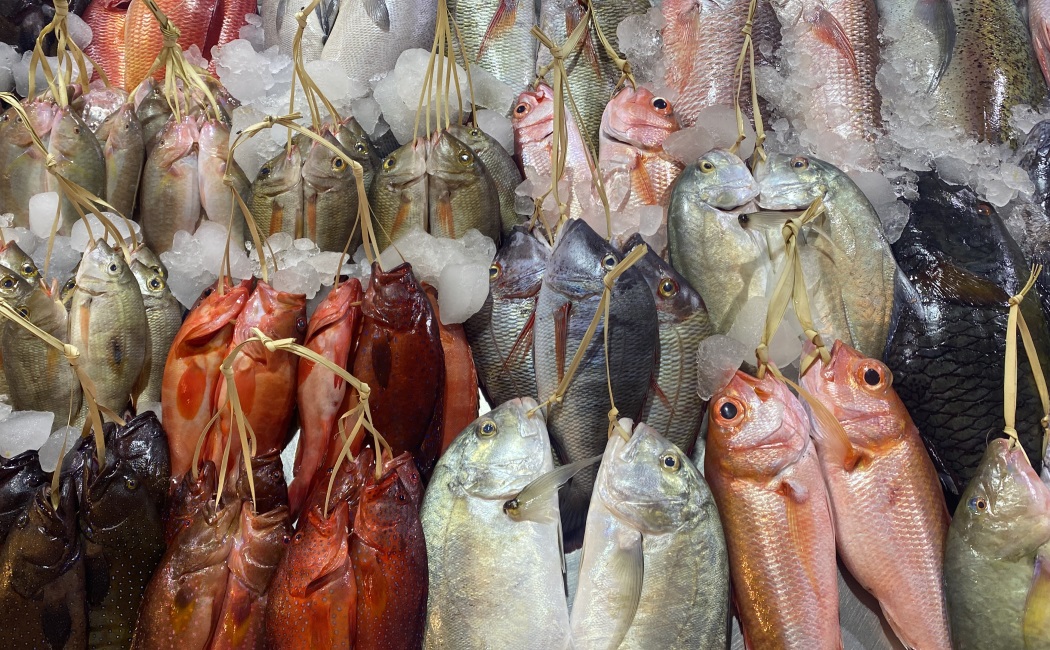Fisheries and other Human Impacts

Aquatic animals are not immune to the ongoing biodiversity crisis, with ever growing evidence of human-caused extinctions in mammals, fish, and elasmobranchs. Understanding the impacts of human activities in the marine environment is therefore key to avoiding an Anthropogenic mass extinction in the oceans.
Saudi Arabia’s coastlines border the Red Sea and the Arabian Gulf, unique marine environments with high levels of species endemism, unique environmental features, and extreme environmental conditions. Species in both basins are subject to a diverse array of human impacts such as from fisheries, climate change, urban and coastal development, and marine pollution. Simultaneously, as part of Vision 2030 Saudi Arabia is investing heavily in its marine environment as a source of economic diversification, societal wellbeing, and human health. We work with relevant government ministries, key in-Kingdom stakeholders, and partners from around the world to understand, mitigate, and manage the impacts of human activities so that we can conserve Saudi Arabia’s unique marine biodiversity. We leverage a wide range of methodologies from classical field techniques through to machine learning and artificial intelligence.
- fisheries science
- species resilience and life history
- population assessment, health, connectivity, and dynamics
- human dimensions of marine conservation
Our work is integrally linked with the Reef Ecology Lab’s other research themes of Movement Ecology and Coral Reef Ecology and Biodiversity.
Research Highlight: “Tackling biodiversity loss in data-poor environments”
Lead scientist: Dr. Andrew Temple
Andrew's current core research combines a century of evolution and ecology science with modern computer vision techniques to triage whole species assemblages, identifying species least resilient to human exploitation, and those vital to ecosystem health and the human communities dependent upon them. In doing so, Andrew hopes to better inform and prioritise conservation and management efforts for data-poor species and in capacity-limited settings. Other ongoing projects include ecological, biological, and socio-economic predictors of extinction risk, stock health, and species biomass trends; catch and bycatch of marine vertebrates in Saudi fisheries; and the role on marine vertebrates in human and ecosystem health.
Temple, AJ; Langner, U; Berumen, ML (2024) Management and research efforts are failing dolphins, porpoises, and other toothed whales. Scientific Reports 14, 7077
Jones, GP; Srinivasan, M; Galbraith, GF; Berumen, ML; Planes, S (2022) Saving Nemo: Extinction Risk, Conservation Status, and Effective Management Strategies for Anemonefishes. In Evolution, Development and Ecology of Anemonefishes (pp. 285-298). CRC Press
Shellem, CT; Ellis, JI; Coker, DJ; Berumen, ML (2021) Red Sea fish market assessments indicate high species diversity and potential overexploitation. Fisheries Research 239
Spaet, JLY; Berumen, ML (2015) Fish market surveys indicate unsustainable elasmobranch fisheries in the Saudi Arabian Red Sea. Fisheries Research 161:356-364